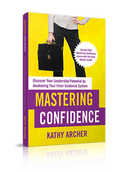|
Do you often struggle to get everything completed on your to-do list? Unfortunately, there is always too much to do, and many nonprofit leaders, perhaps you included, feel overwhelmed, overworked and overextended. NOT HELPFUL: Just learn to manage your time better Most of us blame this on our workloads, jam-packed calendars and the crazy amounts of external stimuli around us. There's always another meeting to attend. Something is always being added to our to-do list, and the notifications keep reminding us that we have another message, email, or request. How on Earth is anyone supposed to get anything done with all of that going on? The solution to this always comes back to being better at prioritizing and time management. And while these are essential strategies and tools to learn, there's an underlying reason why they are often less than effective. In truth, prioritizing and time management can help, but they may not be enough! HELPFUL: Learn to manage your emotions that are sabotaging your productivity. In truth, it's our thoughts that slow us down. Our mental chatter 🤯 often encourages us to procrastinate and distracts us from what matters most. Our thoughts keep us distracted!!! The word "distracted" has its origins in the Latin word "distractus," which means "drawn apart" or "divided." For most of us, this means being unable to pay attention to the task at hand, focus on what we should be doing or concentrate on the job in front of us. As a result, we feel divided and wish we could clone ourselves to get more done! Perhaps we need to become inDISTRACTable, as Nir Eyal advocates in his book "InDISTRACTable: How to Control Your Attention and Choose Your Life." Eyal explains that being "distracted" is not just a product of external factors but also internal factors such as our thoughts, feelings, and beliefs. Becoming inDISTRACTable Eyal defines distraction as "the action of derailing attention from what we intend to do" and argues that becoming "indistractable" requires understanding why we become distracted in the first place. Eyal identifies four primary triggers of distraction:
It's time to gain some TRACTION I want to focus on the words traction and distraction to help you become more aware of how your thoughts are getting in the way of your productivity. Consider how Eyal describes the difference here: The Opposite of Distraction is Traction.
Get clear on what the emotional connection is If you struggle to get things done, it's time to look at what is distracting you. The emotional connection to a task may be what's holding you back.
Work through the Inner Guidance Cycle to identify what is going on How do you deal with emotional distractions? You work through The Inner Guidance Cycle! You PAUSE and do self-reflective exercises. You take time to PONDER, exploring those thoughts and beliefs and the connection they have to what's on your to-do list. When you ask yourself what am I being distracted from, go deeper than the task you see at the surface level. Ask yourself:
When you explore these thoughts, feelings, emotions and triggers, you'll figure out why you've been avoiding them. That's PIVOTing your perspective. That shift in thinking helps you to take the action that moves and allows you to gain traction and do what you know you should do, aka PROCEEDing. Unpacking thoughts, emotions, and beliefs in action Listen to this podcast if you want to hear a beautiful example of this in real life. Brene Brown is being walked through the Immunity to Change Model by Lisa Leahy. In the episode, Brene discovers her blind spots and hidden biases that she wasn't aware of until she went deeper. Immunity to Change Podcast, Part 1 of 2 Immunity to Change, Podcast Part 2 of 2 Do the inner work to become more productive It is absolutely true that we all have too much to do and will never get it all done. We must learn time management strategies and be excellent at prioritizing. ⭐️ But to go along with that, we also need to learn to manage what's happening in our heads. PAUSE to do the inner work. PONDER and explore what's going on inside your head When you do, you'll find shifts in your perspective, allowing you to PIVOT Then you can PROCEED with courage doing what you know you need to do most. Learn more about The Inner Guidance Cycle here. Are you ready to transform your approach to time management? Join "The Emotions of Time Management" course designed exclusively for women leaders in nonprofit organizations. In it, you'll: 1- Master Proven Time Management Strategies: Learn 3 powerful time management strategies 2 - Identify Hidden Roadblocks: Uncover the emotional barriers holding you back from effective time management 3 - Create Lasting Change: Learn practical tools and actionable steps to integrate time management practices into your daily routine Learn more about The Emotions of Time Management here
0 Comments
Your comment will be posted after it is approved.
Leave a Reply. |
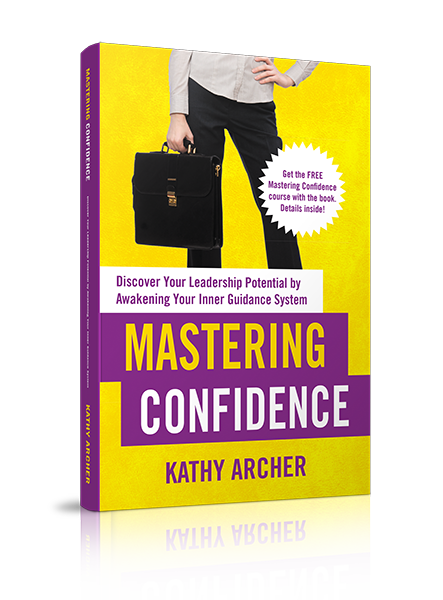
Available on Amazon
Archives
May 2024
|
|
Leadership TRAINING for Nonprofit Leaders
Become a confident and competent nonprofit Leader: Join The Training Library membership Executive and Leadership COACHING Leadership Coaching for Nonprofit Executives, Leaders and ManagerCoaching |
PODCAST for Nonprofit Leaders
The Surviving to Thriving podcast: Strategies, systems and support to lead your nonprofit with confidence FREE RESOURCES to Grow your Leadership Skills Free Leadership Training Resources, Worksheets and Templates |
Become a CONFIDENT LEADER
|


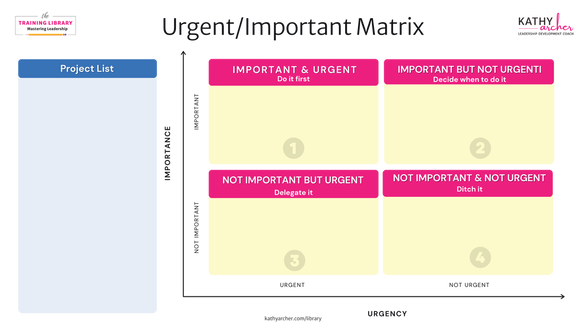
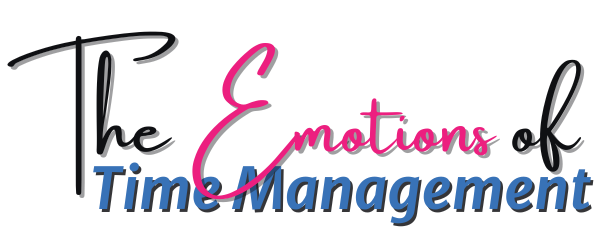

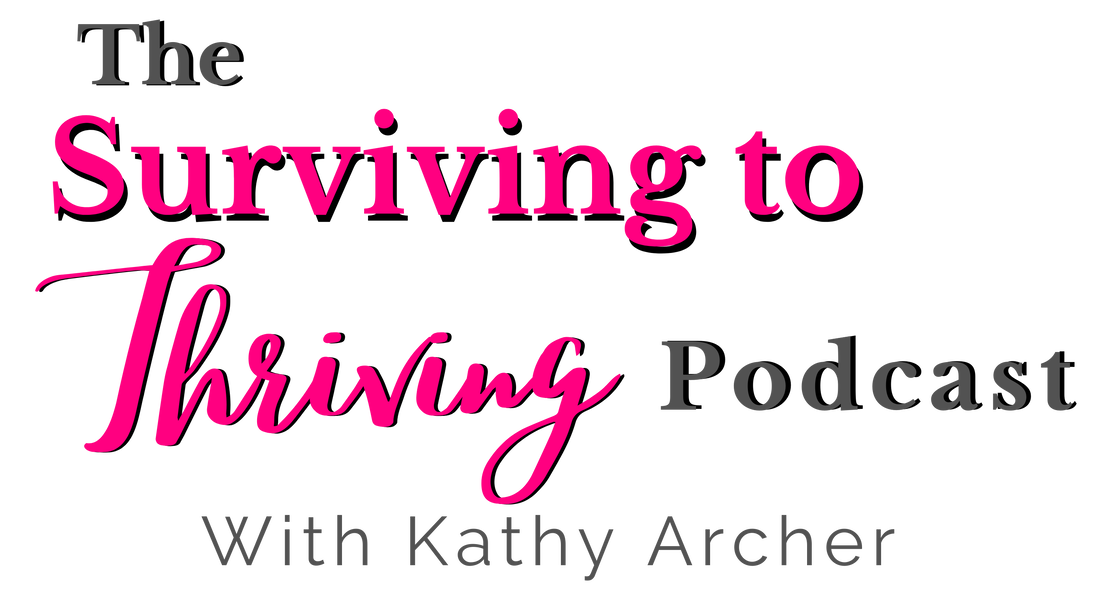
 RSS Feed
RSS Feed
